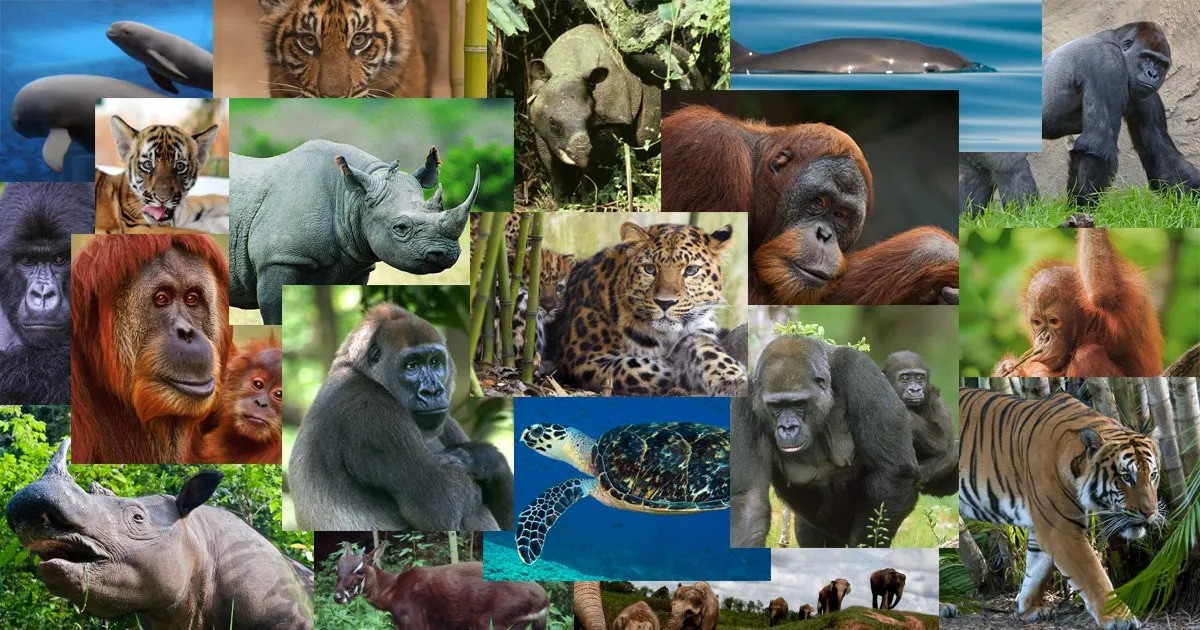From the intricate hierarchies of wolf packs to the elaborate communication systems of honeybee colonies, the social structures of animals never fail to captivate us. As humans, we often find ourselves drawn to understanding these complex societies that exist within the animal kingdom. Exploring the dynamics of these social structures not only sheds light on the fascinating behaviors of different species but also offers valuable insights into our own social behaviors and interactions haustiere.
Understanding Animal Social Structures: Animal social structures encompass a wide range of behaviors and relationships that govern interactions within a particular species. These structures can vary greatly depending on factors such as species, environment, and evolutionary history. While some animals live solitary lives, many others form intricate social groups with defined roles and relationships.
One of the most well-known examples of complex animal social structures is found in primates, such as chimpanzees and gorillas. These species live in multi-level societies characterized by dominance hierarchies, intricate communication systems, and complex social bonds. Within these groups, individuals often engage in behaviors such as grooming, cooperation, and conflict resolution, all of which contribute to the cohesion and stability of the group.
Another example of fascinating animal social structures can be seen in insect societies, particularly in species like ants, bees, and termites. These insects form highly organized colonies with specialized roles for each member. From the queen bee laying eggs to the worker ants foraging for food, every individual plays a crucial part in the functioning of the colony. Communication among colony members is often achieved through intricate chemical signals or elaborate dances, allowing for efficient coordination of activities.
Challenges and Adaptations: Navigating the complexities of animal social structures comes with its own set of challenges. Competition for resources, conflicts over dominance, and the need to cooperate for survival are just a few of the factors that shape these social dynamics. However, animals have evolved a variety of adaptations to overcome these challenges and thrive within their social groups.
One such adaptation is the development of communication systems tailored to the specific needs of each species. Whether it’s the vocalizations of dolphins, the scent marking of big cats, or the visual displays of birds, communication plays a crucial role in maintaining social cohesion and coordinating group activities.
Another important adaptation is the establishment of dominance hierarchies, which help to reduce conflict and maintain order within social groups. By establishing a clear pecking order, individuals can minimize the need for direct competition and aggression, allowing for more efficient resource allocation and cooperation.
Implications for Human Society: Studying animal social structures not only enriches our understanding of the natural world but also offers valuable insights into human society. Many of the behaviors and dynamics observed in animal groups have parallels in human social interactions.
For example, the formation of alliances, the negotiation of social status, and the importance of cooperation are all fundamental aspects of both animal and human societies. By studying how different species navigate these challenges, we can gain a deeper understanding of our own social behaviors and relationships.
Furthermore, insights from animal social structures can inform fields such as psychology, sociology, and anthropology, helping us to better understand human social dynamics and relationships. By examining the strategies and adaptations that have evolved in response to social pressures, we can gain new perspectives on human behavior and society.
Conclusion: The study of animal social structures offers a fascinating glimpse into the diverse ways in which different species organize themselves and interact with one another. From the complex hierarchies of primates to the highly organized colonies of insects, the animal kingdom is full of examples of intricate social systems.
